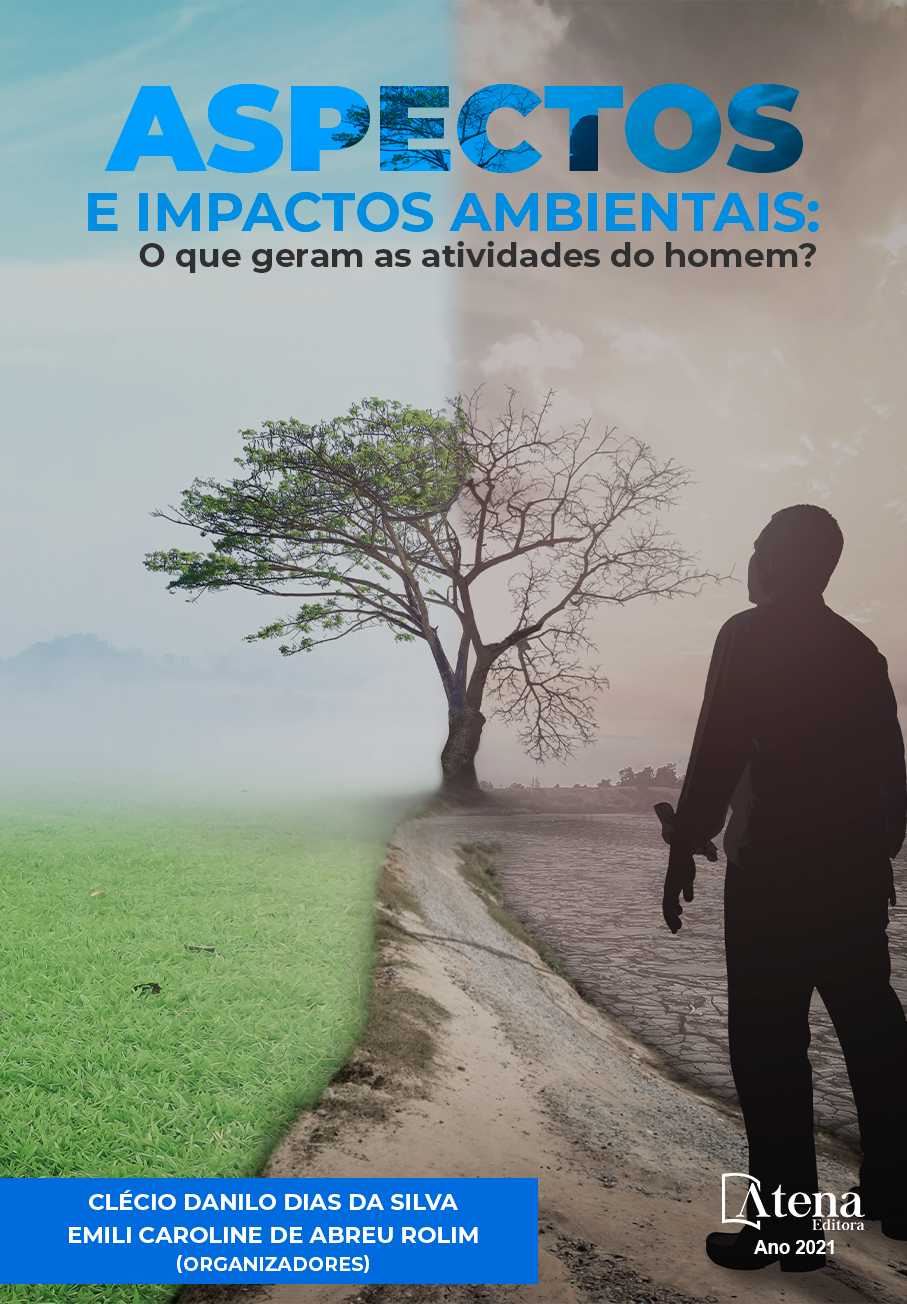
RECUPERAÇÃO DE SOLOS EM AREAS DEGRADADAS EM MEIO RURAL: O CASO DO MUNICIPIO DE VALPARAISO – SÃO PAULO
O presente artigo discutiu a problemática dos processos erosivos, as formas de erosão, e métodos para recuperação e minimização dos impactos causados no sitio São Cristóvão localizado no interior de São Paulo. O objetivo do trabalho foi realizar um estudo em uma erosão classificada como uma voçoroca que tem como característica grandes buracos em grandes profundidades que são causados pela chuva e escoamento sub superficial e possui também uma combinação de vários tipos de erosão, atingindo a estruturas internas do solo, causando o afloramento do lençol freático. A técnica utilizada foi a fixação de estacas ao redor da erosão facilitando o monitoramento e a medição das distâncias entre a borda e as estacas. Para a obtenção de dados significativos para estudo e controle, também foi levado em conta à cobertura vegetal em torno da erosão para ajudar no processo inicial de retenção e diminuição da velocidade da água e assim conter a desagregação do solo. Posteriormente ao conhecer as especificidades do meio físico em que o processo erosivo se instalou, e entender a dinâmica que desencadeou o mesmo, dá-se início ao processo de escolha da melhor alternativa para o controle e recuperação da erosão, para que haja a viabilização da funcionalidade da área, através de técnicas mecânicas, edáficas e vegetativas.
RECUPERAÇÃO DE SOLOS EM AREAS DEGRADADAS EM MEIO RURAL: O CASO DO MUNICIPIO DE VALPARAISO – SÃO PAULO
-
DOI: https://doi.org/10.22533/at.ed.51421120711
-
Palavras-chave: Erosão; Monitoramento; Controle.
-
Keywords: Erosion; Monitoring; Control
-
Abstract:
This article discussed the problems of erosive processes, the forms of erosion, and methods for recovery and minimization of the impacts caused in the São Cristóvão site located in the interior of São Paulo. The objective of the work was to carry out a study on an erosion classified as a gully that has as characteristic large holes in great depths that are caused by rain and sub-surface runoff and also possesses a combination of various types of erosion, reaching the internal structures of the soil, causing the outcrop of the water table. The technique used was the fixation of stakes around the erosion, facilitating the monitoring and measurement of the distances between the edge and the stakes. In order to obtain significant data for study and control, it was also taken into account the vegetation cover around erosion to help in the initial process of retention and reduction of water velocity and thus contain soil breakdown. After knowing the specificities of the physical environment in which the erosive process was installed, and understanding the dynamics that triggered it, the process of choosing the best alternative for the control and recovery of erosion begins, to make the functionality of the area possible, through mechanical, soil and vegetative techniques
-
Número de páginas: 9
- renan felix da silva


